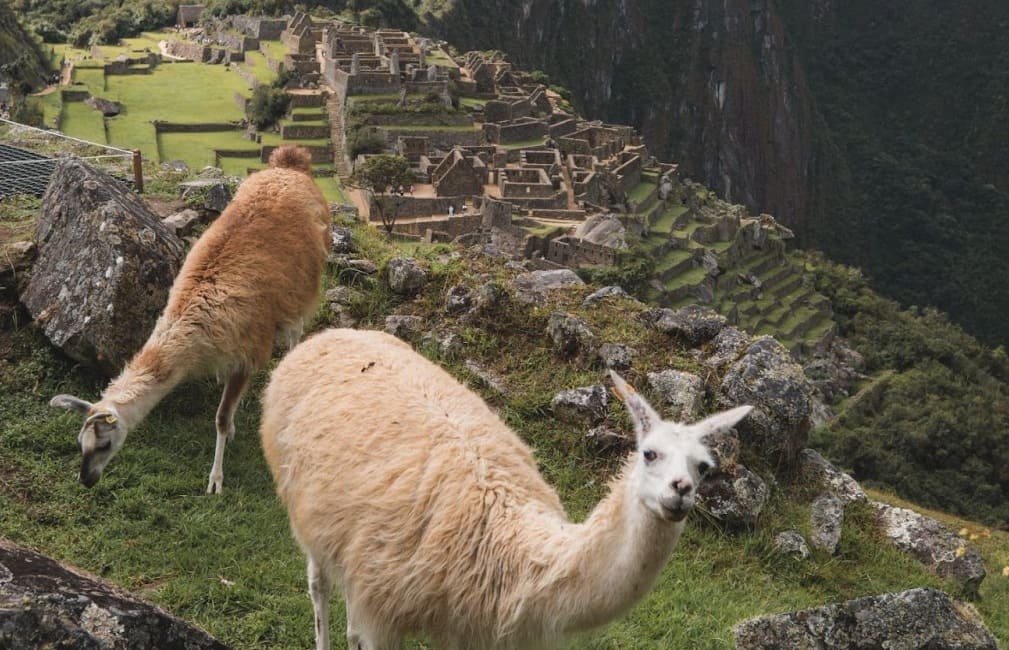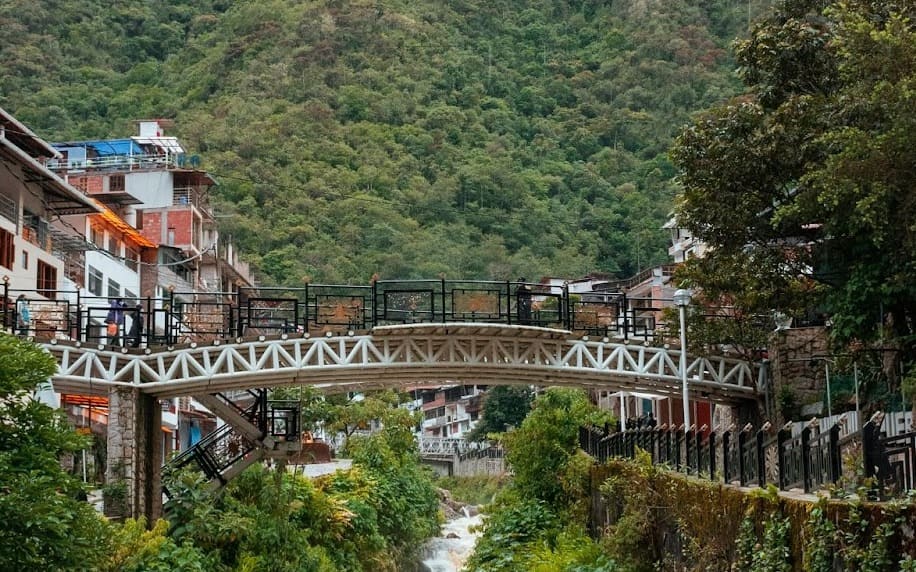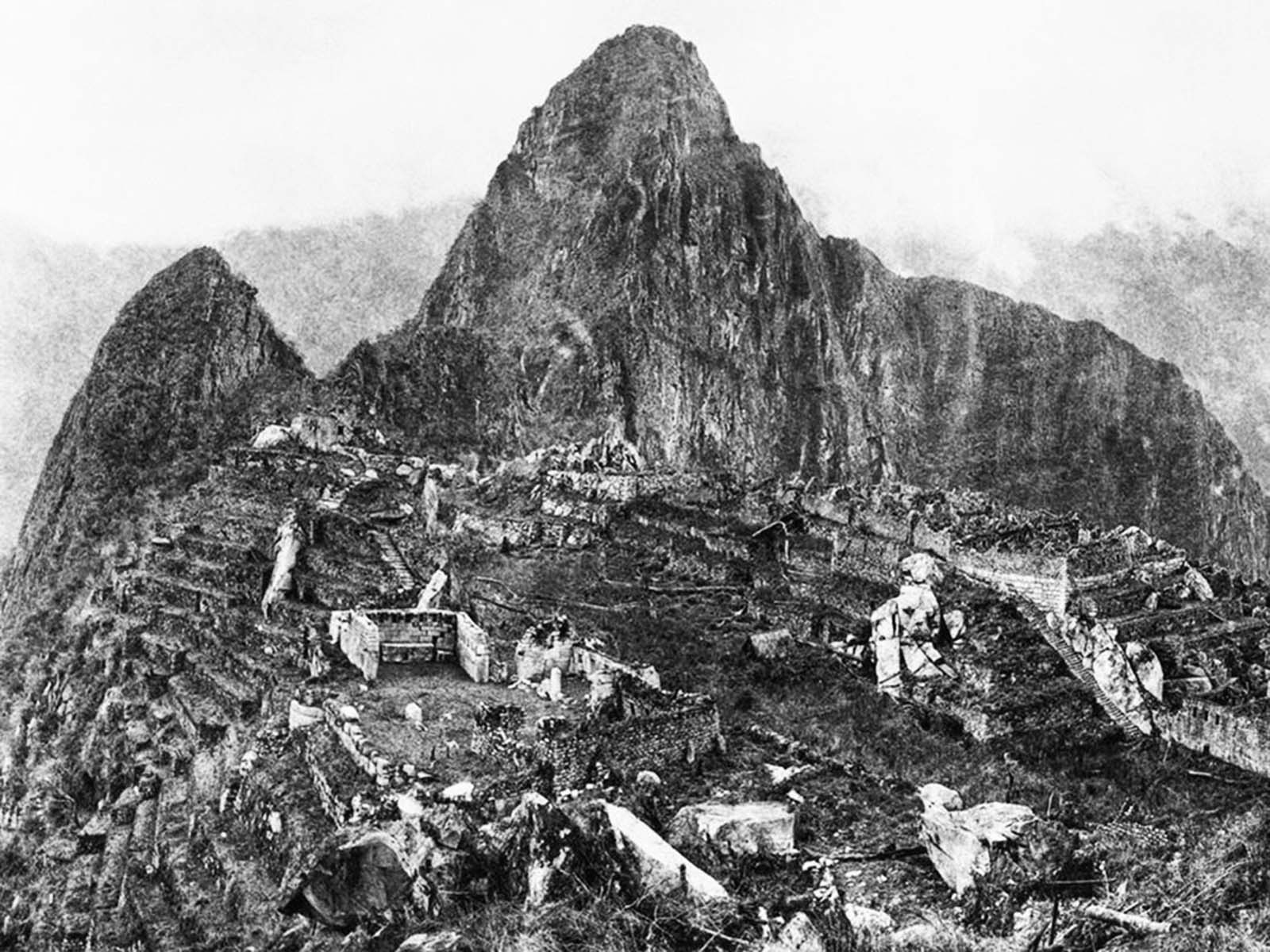Welcome to the enchanting realm of Machu Picchu, where each step reveals the ancient mysteries of the Inca Empire against a backdrop of inspiring nature. This isn't just a destination; it's a harmonious blend of nature, history, and elegance, crafting an unforgettable experience that transcends the ordinary.
Nestled in the heart of the Andes, cradled between mist-laden peaks and verdant landscapes, rests an architectural marvel that defies the constraints of time, the illustrious Machu Picchu. Often revered as "The Inca Jewel," this ancient citadel stands as a testament to the ingenuity and sophistication of the Inca Empire. Join us as we delve into the enchanting story of Machu Picchu, a gem in the crown of human history.

Nestled at 7,970 feet, the Inca Empire's jewel, Machu Picchu, beckons with historical grandeur. Yet, its allure goes beyond the ancient ruins. Peru, a nation steeped in culinary traditions, invites you to savor a world of flavors that seamlessly accompany your journey. Immerse yourself in the rich tapestry of Peruvian cuisine, where every dish becomes a festive ode to fresh, local ingredients and time-honored recipes.
Savor the delicate fusion of indigenous flavors and international influences, a true reflection of Peru's diverse cultural heritage. Whether it's the iconic ceviche, the hearty and flavorful lomo saltado, or the soul-warming quinoa soup, every bite tells a story of tradition and innovation.
As you explore Machu Picchu, let your taste buds embark on a culinary adventure, experiencing the exquisite offerings that Peruvian food brings to the table. It's not just a visit to a historic site; it's a journey through the senses, immersing yourself in the sights, sounds, and tastes that make Machu Picchu and Peru a truly extraordinary destination. Join us as we delve into the enchanting story of Machu Picchu, a gem in the crown of human history, and a feast for the senses.
Architectural Splendor: The Crown Jewel of Inca Ingenuity
Machu Picchu, perched at an elevation of approximately 2,430 meters (7,970 feet), is a breathtaking testament to the architectural prowess of the Inca civilization. This UNESCO World Heritage Site and one of the Seven Wonders of the World boasts intricate stonework, celestial alignments, and an awe-inspiring layout that reflects the Inca's deep connection with nature and the cosmos.
The City in the Clouds: A Pinnacle of Inca Engineering
Cradled between two peaks Huayna Picchu and Machu Picchu Mountain, the citadel seems to emerge from the clouds, adding a mystical aura to its already captivating presence. The terraced fields, plazas, and ceremonial spaces showcase the Inca's remarkable ability to harmonize their structures with the natural landscape.

Spiritual Significance: A Sacred Jewel
Machu Picchu is more than just a marvel of construction; it is a sacred space with profound spiritual significance. The Intihuatana stone, a ritual stone associated with astronomical observations, stands as a symbol of the Inca's reverence for the sun and the cosmos. This spiritual connection infuses Machu Picchu with an energy that resonates through its ancient walls.
Machu Picchu's Resilience: Enduring the Test of Time
The Inca Jewel has weathered centuries, surviving the passage of time and the elements. Despite being "discovered" by Hiram Bingham in 1911, the citadel's mystique endures, and its secrets continue to unfold through ongoing archaeological discoveries.
A Journey Beyond Time: Experiencing the Inca Jewel
Embarking on a journey to Machu Picchu is more than a physical excursion; it is a spiritual pilgrimage. As you navigate the stone pathways and stand in the shadow of ancient temples, you can't help but feel the echoes of a bygone era.
Preserving The Inca Jewel: Sustainable Tourism
Preserving Machu Picchu is a shared responsibility. Sustainable tourism practices are crucial to ensure that this Inca Jewel remains intact for future generations. Respect for the site, adherence to preservation guidelines, and a commitment to leaving only footprints contribute to the legacy of Machu Picchu.

Your Invitation to The Inca Jewel
In the heart of the Andes, Machu Picchu awaits, inviting you to unravel its mysteries and experience the magic of The Inca Jewel. As you walk through its ancient corridors and absorb the energy of this sacred space, you become part of a narrative that transcends time, a narrative written in stone by the Inca architects who crafted this extraordinary jewel in the Peruvian mountains.
Weather Seasons:
Rainy Season (November to March):
- Experience frequent rain showers and high humidity.
- Embrace the lush scenery and fewer crowds.
- Be prepared for potential trail closures and muddy conditions.
Dry Season (April to October):
- Enjoy stable, sunny weather with minimal rainfall.
- Revel in crystal-clear views of Machu Picchu.
- Encounter larger crowds but experience ideal hiking conditions.
Join us on a journey through history, nature, and mysticism. Discover Machu Picchu the timeless Inca Jewel that continues to captivate the hearts of those who seek its splendor.

FAQS
What is Machu Picchu?
Machu Picchu is an ancient Inca citadel located in the Andes Mountains of Peru. It is one of the most iconic and well-preserved archaeological sites in the world. Machu Picchu is situated at an altitude of approximately 2,430 meters (7,970 feet) above sea level and overlooks the Urubamba River valley.
What is the significance of the Intihuatana stone in Machu Picchu?
The Intihuatana stone holds ritual importance, serving as a symbol of the Inca's reverence for the sun and the cosmos. Its presence adds to the spiritual connection of Machu Picchu, infusing the site with energy.
How has Machu Picchu endured the test of time?
Despite being "discovered" in 1911, Machu Picchu has withstood centuries, surviving both time and the elements. Ongoing archaeological discoveries continue to unveil its secrets, preserving its mystique.
What is the spiritual significance of Machu Picchu?
Machu Picchu goes beyond architectural marvel; it holds profound spiritual significance. The Intihuatana stone, associated with astronomical observations, symbolizes the Inca's reverence for the sun and cosmos, infusing the citadel with a spiritual energy that resonates through its ancient walls.
